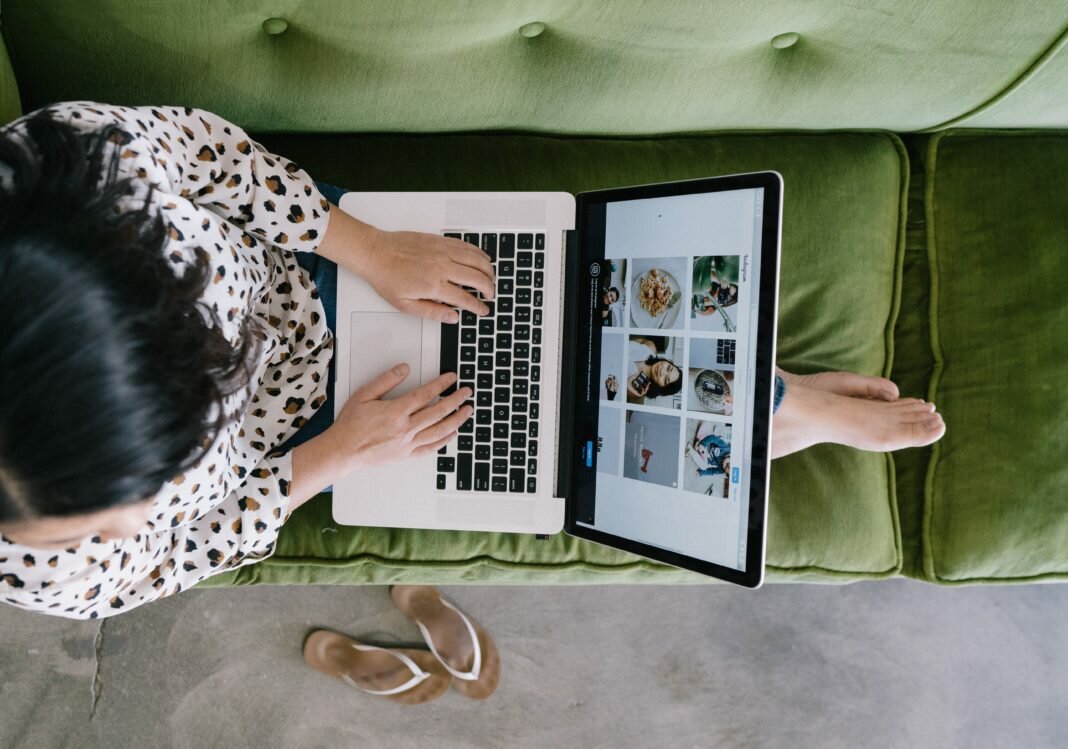Brief • 3 min Read

Roughly one-third of Americans report increased frequency of video calling in the past month, while a quarter increased their frequency of video ‘get togethers’. An analysis of the data shows that feelings of anxiety or loneliness are the strongest driver of video calling – presumably to help alleviate these feelings.
So does it work? Well, sort of. Video calling and video ‘get togethers’ are the tech behaviors that most fuel a sense of connection and decrease feelings of loneliness or isolation, but the impact has limits: more than half who have engaged in a video call or ‘get together’ say it had no impact (or even negative impact) on their sense of connection and for 70% it didn’t help to reduce their loneliness or feelings of isolation. Additionally, these calls aren’t as effective as other behaviors at decreasing stress/anxiety; for nearly one-in-five, video calling is actually producing anxiety.

A search for connection is a key motivation: Traditional phone calls and text messaging are also on the rise. While 32% of Americans have increased their usage of video calling in the past month, even more (37%) have increased the number of actual phone calls they are placing. However, phone calls are less effective in building a sense of connection than are video-based calls.
When it comes to texting, group texting is better at building connection and decreasing loneliness/isolation than simply sending pictures or videos one-on-one to family or friends.
Methodology
This survey was conducted online within the United States by The Harris Poll from March 6-8, 2020 among 2,000 U.S. adults ages 18 and older. This online survey is not based on a probability sample and therefore no estimate of theoretical sampling error can be calculated. For complete survey methodology, including weighting variables and subgroup sample sizes, please contact Amber.Broughton@harrisinsights.com.
Subscribe for more Insights
Subscribe to our newsletter for the latest trends in business, politics, culture, and more.
Related Content








